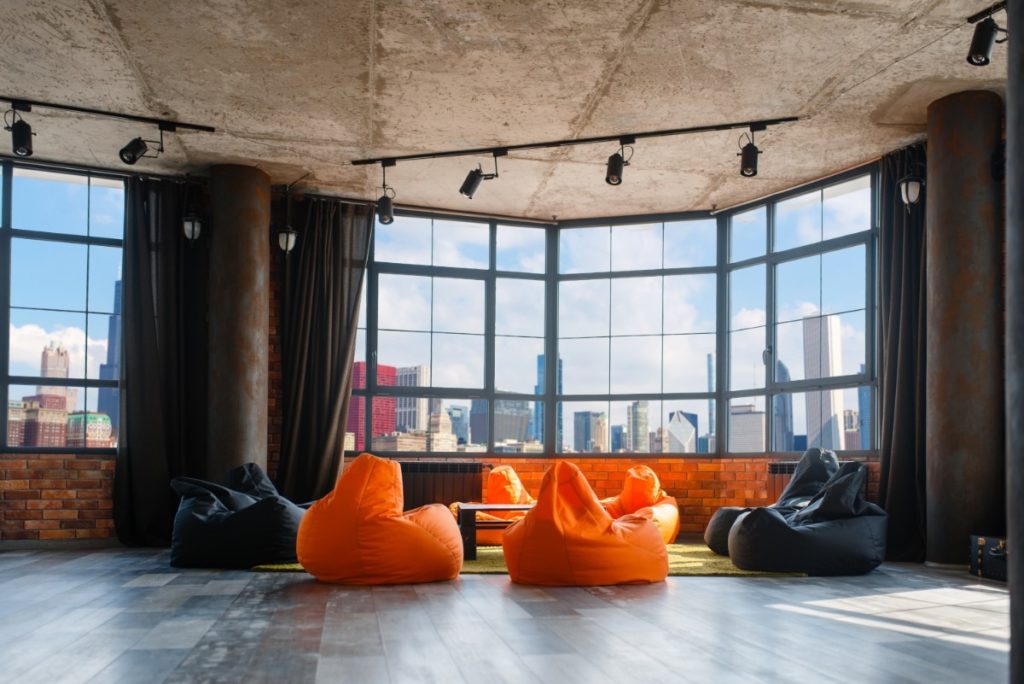

Mountain roads wind through pine forests and aspen groves before descending into canyonlands and the region’s iconic red rock formations. Take in the scenery along this historic route that connects Bryce Canyon and the Capitol Reef National Park by way of a roughly 120-mile picturesque drive through Utah’s dramatic landscapes. Today, people come to the park to hike the Narrows - a deep gorge where the water can reach waist height - climb the red sandstone cliffs, and spot rock squirrels and bald eagles soaring overhead. Historically the area’s dramatic limestone bluffs and slot canyons served as a throughway for Native Americans and pioneers in their travels west.

Zion National Park is one of the most recognizable geological sites in all of North America.

Neighboring Park City attracts Hollywood’s biggest stars to its independent film festival each year, while motoring enthusiasts from all over the world head to Bonneville Salt Flats near the Nevada border to watch speed records and even join in races. Ashley National Forest spreads over a million acres in the east, while in the middle of the state Fishlake National Forest is home to one of the largest organisms on earth, Trembling Giant, a stand of 47,000 aspen trees that share a single root system.Īway from the state’s wealth of national parks, which draw hikers, rock climbers, and skiers in winter, the capital city of Salt Lake City combines the fragrant roses of Red Butte Garden with the Utah Museum of Fine Arts and the famous melodies of the Tabernacle Choir, all against the backdrop of the snow-capped Wasatch Mountains. The Western state boasts a who’s who of natural features, from the craggy mountain peaks and sparkling salt flats in the north to the vast red rock canyons and sandstone deserts to the south. With more than 20 million acres of public lands and 14 national parks - Utah is where the rest of the country comes to stretch its legs.


 0 kommentar(er)
0 kommentar(er)
